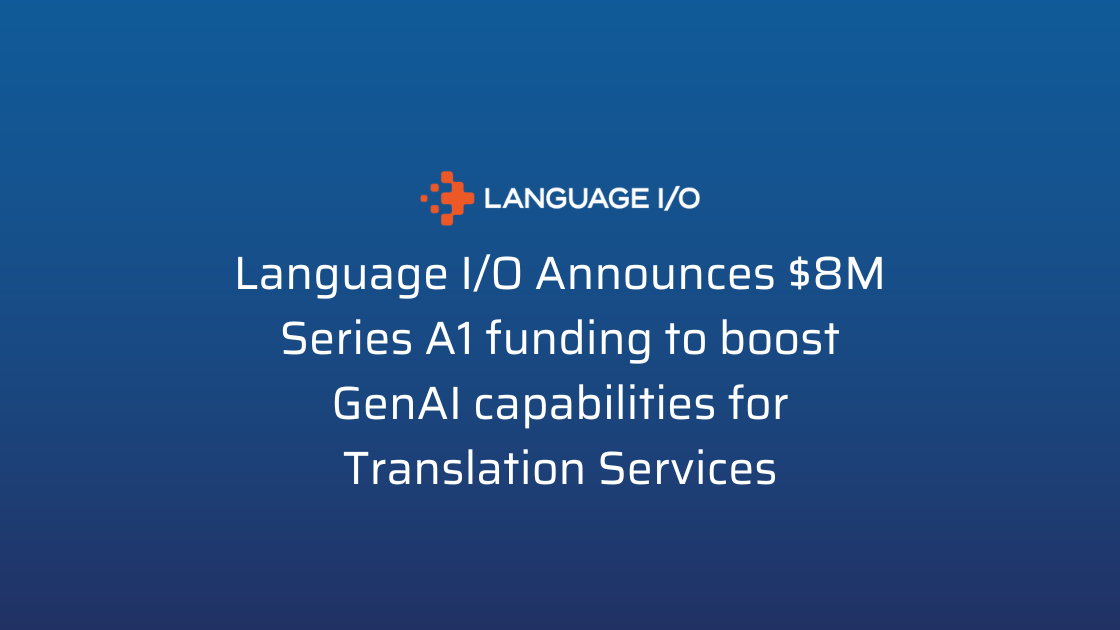Free Webinar: AI for Content Creation and Localization
“There’s a misconception that AI is the panacea for streamlining and improving all technology but the reality is, the strength of AI is dependent on the human minds behind it.” — Heather Morgan Shoemaker, CEO, Language I/O Join Shoemaker, Chris Raulf, of Boulder SEO Marketing, Andrzej Zydroń of XTM International, a representative from Uber and Istvan Lengyel,…
Subscribe to our newsletter
Share

“There’s a misconception that AI is the panacea for streamlining and improving all technology but the reality is, the strength of AI is dependent on the human minds behind it.” — Heather Morgan Shoemaker, CEO, Language I/O
Join Shoemaker, Chris Raulf, of Boulder SEO Marketing, Andrzej Zydroń of XTM International, a representative from Uber and Istvan Lengyel, of Nimdzi Insights from 12 p.m. to 1 p.m. EST on Oct. 14 for a discussion about AI and the future of it in global content marketing and localization. Shoemaker will be speaking about Language I/O’s drive toward higher quality, B2B conversational translation without the need to perform traditional NMT (neural machine translation) training.
“In an increasingly privacy conscious world, AI architects have been forced to become more creative in how we use a company’s data to power our machine learning models,” said Shoemaker. “Gone are the days when a vendor could hoard a businesses’ conversational content for the purpose of training neural MT(machine translation). But the fact that we have to protect personal data does not get us off the hook for providing high-quality machine translation. ‘Good enough’ for B2C translations is often not good enough for B2B. Language I/O has developed an innovative strategy to generate supervised learning features that do not rely on the hoarding of potentially sensitive data, while still accurately translating industry jargon, newly invented slang and named entities such as a company’s product names.”
Language I/O helps businesses from a variety of sectors provide multilingual customer support to their customers by plugging directly into CRMs (customer relationship management systems). That way, customer service agents can easily translate chat, email and articles without leaving the CRM they work within. Language I/O’s proprietary core technology—the machine translation optimizer—pulls from the best machine translation engines on the market and makes them better. For example, the machine translation optimizer can translate messy user generated content (UGC) such as slang, jargon, acronyms and other hard-to-translate content perfectly. On their own, machine translation engines such as Google and Microsoft, cannot do this. With our technology, they can.
“I’m really looking forward to sharing what we’ve been doing with AI while also hearing about the potential market for AI in translation, localization and communication,” Shoemaker said.

